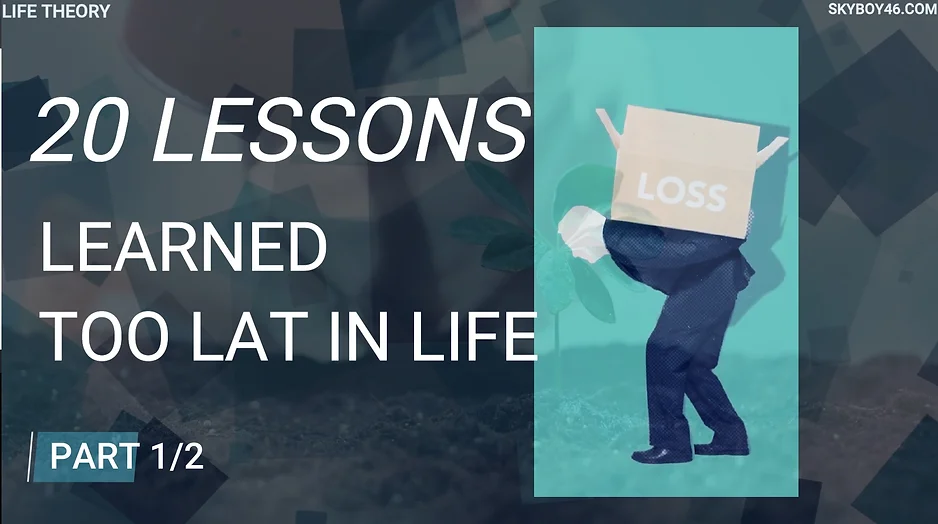Don’t Want To Read?
Watch/Listen To The Full Video on YouTube
Every revolution begins with outrage, but without strategy, even the most passionate uprisings can collapse into chaos. The Arab Spring showed how raw defiance could topple regimes, yet the absence of a clear plan left many nations in turmoil. From Mandela’s calculated resistance to the Civil Rights Movement’s deliberate structure, history proves that real change isn’t just about courage—it’s about what comes after the fight. So, the question remains: do we know how to build what we destroy?
SUBSCRIBE: https://www.youtube.com/@LifeTheory46
The Blueprint for Revolution – Courage and Strategy Aligned – Life Stories 313
The human drive to challenge injustice and demand change has sparked countless revolutions throughout history. But the truth remains: without a carefully crafted plan, even the most passionate uprising can fizzle out, leaving behind a wake of unfulfilled promises and chaos. As we dive into today’s exploration of the power and pitfalls of revolutionary movements, the question we face is clear—what does it really take to shape a successful revolution? To understand, we need to examine what makes people rise up, what sustains a movement, and how to ensure that change endures.
Imagine the streets of Tunisia in 2010. The air is thick with frustration, and for one young street vendor named Mohamed Bouazizi, it has reached a breaking point. The 26-year-old worked tirelessly to support his family, selling produce to make ends meet, navigating a corrupt system that seemed designed to crush people like him. The local authorities had harassed him for years, demanding bribes and confiscating his goods. He had no permit, or at least no clear answer on whether he even needed one. That December morning, the police once again pushed him too far—slapping him, overturning his cart, and seizing his scales.
Desperate and humiliated, Bouazizi sought justice at the governor’s office, but his cries for help were ignored. In a final, tragic act of defiance, he set himself ablaze outside the office, sparking a wave of outrage that swept through the town within hours. His self-immolation lit the fuse of a movement that would ripple far beyond Tunisia’s borders, transforming the political landscape of the entire Arab world.
The protests that erupted across Tunisia within days led to the end of President Zine El Abidine Ben Ali’s 23-year rule. As news spread, fueled by social media, a sense of possibility surged across the region, igniting similar uprisings in countries like Egypt, Libya, Yemen, and Syria. The momentum of what became known as the Arab Spring was unlike anything seen before. It seemed as though a new era of democracy and freedom was finally on the horizon.
But revolutions are not won by courage alone. The spontaneous eruptions of defiance, though powerful, lacked a crucial element: a cohesive plan for what would come next. The fall of authoritarian leaders did not magically erase the systemic socio-economic issues that had plagued these societies for decades. Corruption, unemployment, and unequal access to resources remained as persistent as ever. In many cases, the very fractures that had driven the uprisings grew deeper, as social and political polarization spread.
The story of the Arab Spring is a sobering reminder that while boldness can spark a revolution, it is strategy that shapes its outcome. When Nelson Mandela and the African National Congress (ANC) challenged apartheid in South Africa, there was a clear vision for what would follow. Even so, leadership struggles emerged once Mandela’s health declined, and the burden of true change proved heavier than anticipated. The same could be said for the U.S. Civil Rights Movement, where Rosa Parks’ defiance on a Montgomery bus was a carefully orchestrated act of protest, intended to launch a sustained effort against segregation. Her arrest wasn’t just a spontaneous stand—it was a strategic catalyst, followed by organized boycotts and Martin Luther King Jr.’s rallying call for broader resistance.
What these moments teach us is that movements need more than just fire—they require foresight. Tearing down a regime is not the hardest part; the real challenge lies in what comes after. Who will lead? How will they govern differently? Without clear answers to these questions, the risk is that new power structures merely replicate the old, and the cycle of disillusionment continues.
The Arab Spring’s faltering progress reveals the necessity of a multi-stage approach to revolution. Removing a dictator is only the first step; the groundwork for stable governance and socio-economic reform must follow immediately. Failure to anticipate the power vacuum can leave nations vulnerable to chaos, as seen in Libya’s slide into civil war or Syria’s ongoing devastation.
The call for justice demands action, but action without a strategy is a leap in the dark. There must be plans not just for disruption, but for construction. As history shows, the courage to challenge the status quo is only half the equation. For change to be meaningful and lasting, it must be anchored by a vision of what comes next and a roadmap for getting there. Revolutions must evolve from sparks into structured movements, from demands into policies, and from outrage into sustainable progress.
We cannot settle for courage alone—we need the foresight to ask, “What’s the plan?”
–> Read More Life Stories Here:
https://www.lifetheory.us
https://www.lifetheory.eu
Buy all of our Life Stories & Our Premium Learning Packs. Listen or Read to them anytime you want. Have them Forever.
You can get each monthly lesson on our website at https://www.skyboy46.com/store
SHARE THIS STORY
Visit Our Store
SHOP NOW
www.skyboy46.com & www.myskypet.com
Designed For Pet Lovers & Introverted Souls
Sport, Hobbies, Motivation, Music & Art






~EXPLORE MORE~
www.linktr.ee/skyboy46


